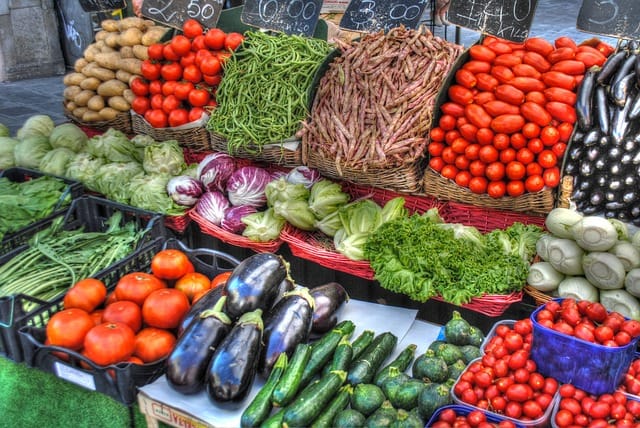How to grow Radicchios
Radicchio is a leafy vegetable that belongs to the chicory family

In this article:
- Introduction to Radicchio
- Choosing the Right Variety
- Soil Preparation
- Planting Radicchio
- Watering and Irrigation
- Fertilizing Radicchio
- Managing Weeds and Pests
- Harvesting Radicchio
- Post-Harvest Handling and Storage
- Common Diseases and Troubleshooting
- Culinary Uses of Radicchio
- Conclusion and Final Tips
Introduction to Radicchio
Radicchio is a leafy vegetable that belongs to the chicory family. It is known for its vibrant red or purple leaves and slightly bitter and crisp taste. Radicchio is a versatile vegetable that can be used in various culinary dishes, making it a popular choice for many gardeners.
Choosing the Right Variety
When selecting radicchio seeds or seedlings, it is important to choose the right variety based on your growing conditions and preferences. Some popular radicchio varieties include 'Chioggia', 'Treviso', and 'Rossa di Verona'. Consider factors such as size, bitterness level, and resistance to diseases when choosing a variety.
Soil Preparation
Radicchio thrives in well-draining soil that is rich in organic matter. Before planting, ensure the soil is loose and friable by incorporating compost or well-rotted manure. A soil pH between 6.0 and 6.8 is ideal for radicchio cultivation.
Planting Radicchio
Radicchio can be started from seeds indoors or directly sown in the garden. Start seeds indoors 8-10 weeks before the last frost date and transplant seedlings after the danger of frost has passed. Sow seeds or transplant seedlings into the prepared soil, spacing them 8-10 inches apart.
Watering and Irrigation
Radicchio requires consistent moisture to ensure healthy growth. Water the plants regularly, aiming for 1-2 inches of water per week. Avoid overhead watering and instead water at the soil level to prevent diseases.
Fertilizing Radicchio
Apply a balanced fertilizer before planting radicchio and side-dress with additional fertilizer once the plants start to grow. Use a nitrogen-rich fertilizer to promote leaf development. Follow the manufacturer's instructions for proper application rates.
Managing Weeds and Pests
Keep the radicchio bed weed-free by regularly removing any weeds that compete for nutrients and water. Additionally, monitor the plants for common pests such as aphids, slugs, and snails. Consider using organic pest control methods or insecticidal soap to manage these pests effectively.
Harvesting Radicchio
Radicchio can be harvested when the heads or leaves reach their desired size. The outer leaves may be harvested individually, or the entire head can be cut off at the base. Harvesting the outer leaves encourages new growth, allowing for multiple harvests from a single plant.
Post-Harvest Handling and Storage
After harvesting, remove any damaged or yellowed leaves and wash the radicchio gently. Store it in a perforated plastic bag in the refrigerator for up to a week. Avoid storing radicchio near fruits like apples or bananas, as they can produce ethylene gas, causing the vegetable to deteriorate faster.
Common Diseases and Troubleshooting
Radicchio is susceptible to several diseases, including damping off, downy mildew, and leaf spot. Proper sanitation, crop rotation, and providing adequate airflow around the plants can help prevent these diseases. If your radicchio plants show signs of disease, promptly remove and destroy the affected leaves or plants to avoid further spread.
Culinary Uses of Radicchio
Radicchio is a versatile leafy vegetable that can be enjoyed in various culinary applications. It adds a beautiful pop of color and a slightly bitter taste to salads, wraps, sautés, and even grilled dishes. Its bitterness pairs well with sweet or tangy dressings, cheeses, and fruits like oranges or pears.
Conclusion and Final Tips
By following these guidelines, you can successfully grow radicchio in your garden. Remember to choose the right variety, prepare the soil adequately, provide sufficient water and nutrients, manage pests and diseases, and harvest and store the radicchio properly. Enjoy experimenting with the culinary uses of this unique and flavorful vegetable!
